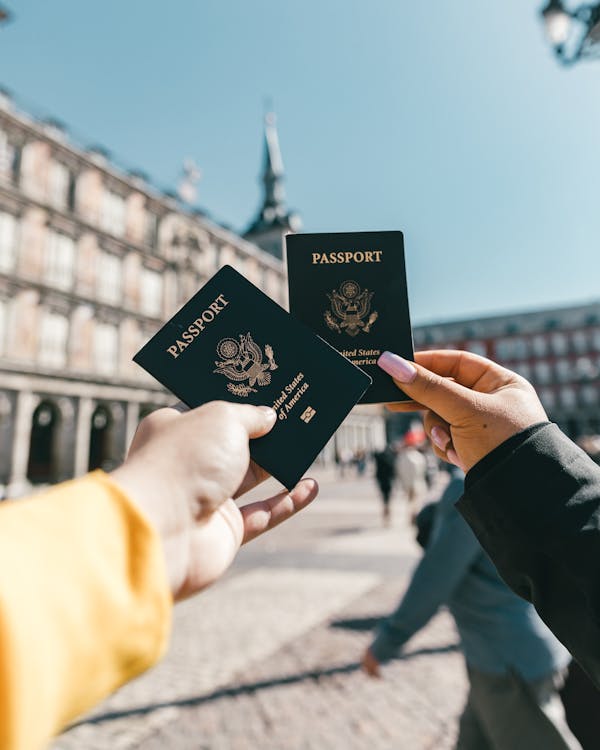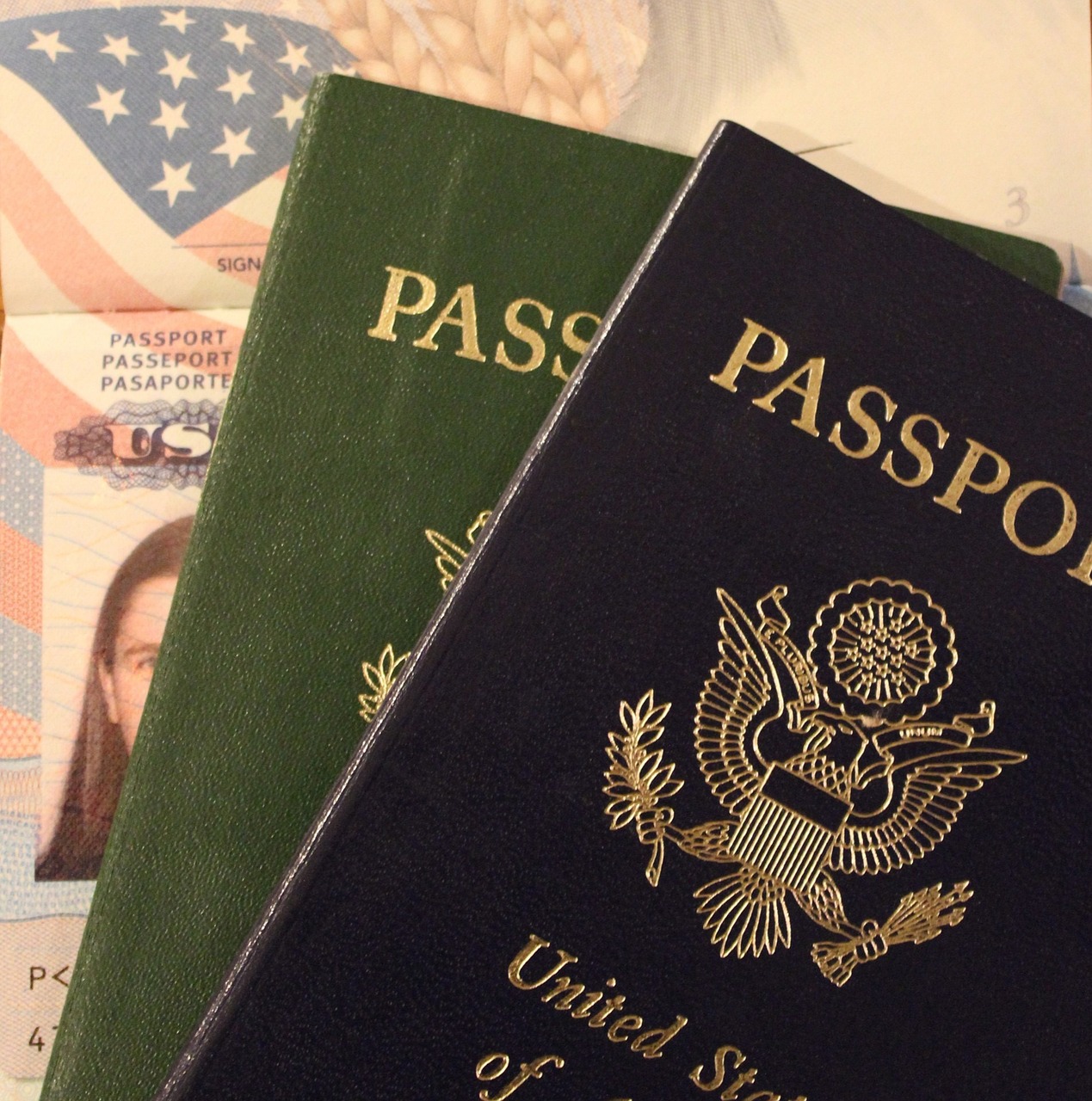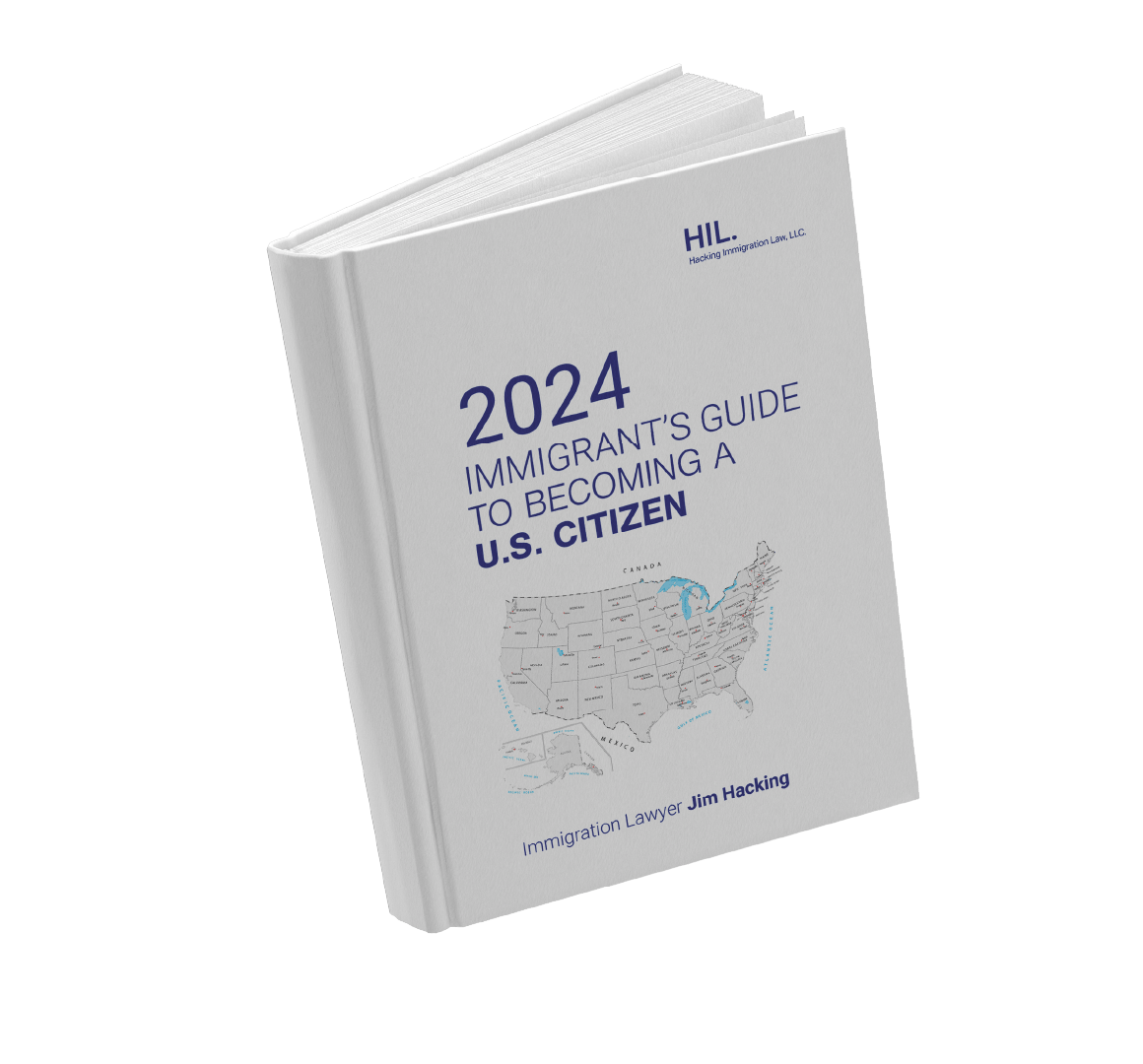
Bringing your spouse to the United States is a nice dream. After a long time, you’ll finally spend time together and be in each other’s arms. But it takes a whole lot of processing before that dream comes true. It would help if you secured a spousal visa.
The spousal visa, also known as CR-1 (conditional resident) or IR-1 (immediate relative), allows a person from another country to live in America with their spouse—either a U.S. citizen or a permanent resident—through a green card. CR-1 visa is given to couples married for less than two years. Couples married for two years or more get the IR-1 visa.
You must understand that applying for a spousal visa is a long waiting game. You have to prepare a truckload of documents. The United States Citizenship and Immigration Services (USCIS) processes hundreds and thousands of applications. Yours is one of these papers.
But how long does it take to get a spousal visa? You’ll find out when you read this piece.
Key Takeaways:
Table of Contents
This application process is surely a long one. It’s important for couples to follow the processes of spousal visa applications to get that much-needed visa. Below is an overview of how the spousal visa process goes:
The couple has to prepare documentation like marriage certificates, photos, and joint financial documents to prove their marriage to the authorities.
This is where the application process officially begins. You and your partner would need to submit forms and supporting documents. You also need to pay the fees associated with the paperwork.
Immigration will review all the documents that you submitted. This is where the longest part of the application happens. There’s nothing left to do for you but wait on the immigration’s decision about your application.
You might be required to submit your biometric information and photos to prove your existence. After your papers get approved, you will undergo interviews at the consulate or embassy.
Some of the most important medical examinations for this type of visa application include chest X-rays and blood tests. These examinations ensure that you are not a threat to the country you’re moving into.
Approved or denied—these two decisions can make or break your visa applications. If you get approved, you can now claim your visa and travel to where your spouse is.
You may need to take some steps to finalize your residency in the country of your choice, such as registering with local authorities.

Submitting Form I-130, or the petition for alien relative, is the first step in spousal visa application. This document proves the authenticity of your marriage to an American spouse. I-130 certifies the legal marriage status through a marriage certificate. Submit supporting documents, such as photos, joint bank accounts, and joint insurance documents.
After submitting the Form I-130, all you need to do is wait. Filing the said form grants you a place in the green card processing queue. Check your priority date—the date USCIS got your petition—to know your order. Orders are processed based on priority dates. Your application is processed immediately if you’re a relative of a US citizen.
The average waiting time for the approval of Form I-130 is:
After the USCIS approves your I-130 form, your papers are then forwarded to the National Visa Center (NVC). They make sure that all the documents you submit are filled out thoroughly and correctly before the visa interview.
NVC handles the scheduling of applicants for embassy or consulate interviews. They give instructions on what to do during interviews. A part of NVC’s tasks is to send complete case files to the consulate before the latter interviews applicants.
Once your documents are all approved, you're heading to the consulate or embassy interview. This is where you get to explain your intentions for traveling and moving into your chosen country. A consulate or embassy interview is important for the following reasons:
The time between completing the interview and passing it may vary depending on:
The processing times of visa approvals can vary from country to country. Once you pass the interview, your passport and visa are on their way to your doorstep. You can get your visa after a couple of days or within a few weeks after the interview if your application doesn’t require extensive background checks.
Typically, you can travel to your new country before the expiration of your visa. After you arrive, you may need to attend orientation sessions to help you get settled in your new country. You may also have to register your records with the local authorities to let them know you’re a new and lawful permanent resident.
Even if you have already submitted all the necessary documents, your destination country might still turn your visa down. These factors can pave or hinder your way to getting the spousal visa:
These delays vary from country to country. Some countries may be doing a deeper background check due to your ties to other countries, occupation, or other reasons. This process could take several weeks or months to complete, and you cannot expedite it.
You thought you already submitted everything you needed to submit. But sometimes, we forget a thing or two due to visa applications requiring many documents.
List down all the required documents needed for visa applications. Cross them out one by one after completion. Check each form to see if you’re putting in the correct information. Missing documents and incorrect information could prevent your application from being processed early.
Policy changes in immigration are inevitable. These policies are implemented to improve and streamline the processes of immigration work. You have to abide by these policies even if it delays your visa approval.
Countries put visa applications on hold in times of war and natural disasters. The government must protect its people from danger and rebuild the country in the aftermath. It might take a long time before the work approving visas returns on track.

The long wait between visa applications and your flight to the United States is agonizing. Too many unexpected things can happen in between. But despite the waiting, here are some strategies that might speed up your application:
The earlier you submit your application, the more chances you can get approved faster. Your application gets placed ahead of other applicants. It’s a competition out there. Time is your ultimate ally in getting that visa approval.
Having a solid visa application does miracles. You spend less time on resubmissions and get higher chances of approval.
Two things contributing to a strong visa application are thorough research and attention to detail. Make sure you understand and review each document you submit to the USCIS. Even a minor error in the forms could cost you additional payments and set your application back for months.
You may submit an expedite request to the USCIS to speed up your application. However, this only gets approved case-to-case, such as a family member’s death or medical emergencies. An expedite request’s approval depends on the USCIS.
Another way to expedite your visa application is through premium processing, which is sadly unavailable for most visas. It’s available primarily for selected employment-based visa and nonimmigrant visas. But once your visa qualifies for premium processing, take advantage of it.
Submit a designated form and pay the processing fee for this service. Remember that this fee adds up to the standard filing fees for each application. Despite shelling out money, it guarantees fast processing of your papers.
USCIS typically processes it within 15 calendar days. If they fail to meet the agreed timeframe, they’ll refund your fee and keep processing your papers.
After exhausting all possible methods, your last resort is calling your U.S. congressional representative for help. These people can talk to federal agencies and start congressional inquiries on certain immigration cases. They can’t solve all immigration matters but can shed light on issues like processing delays.
The waiting time for spousal visa applications is challenging and uncertain. It only has two endings: approval or rejection. While waiting for the final decision, make the most out of your time by:
Culture is a multi-faceted thing. You must gradually get deep into your new country to adapt to your new environment. Study the country's language, history, traditions, and cultural norms to understand them better. In doing so, connect your own culture and reflect on how it will shape you into accepting cultural differences.
Living abroad means a new chapter in your life. But you indeed won’t survive a day if you don’t plan your finances wisely. Here’s how to minimize financial risks once you move abroad:
Two of the primary reasons for moving abroad are looking for greener pastures and pursuing further studies. While at home, look for jobs and universities that align with your goals and needs in the country you’ll move to.
If you’re looking for a job:
If you’re considering studying abroad:
How long does it actually take to get a spousal visa?
That depends on the status of your spouse. It takes 14-15 months if your spouse is a U.S. citizen. It will take 28-40 months or more than three years if you’re married to a green card holder.
Should I submit more of the same documents for faster processing?
No. Submitting more copies of the same documents won’t expedite your application. Submit only one set of documents. Fill in the correct information to avoid delays.
How much do I need to save when applying for a spousal visa?
There’s no exact price that you need to save up when getting a spousal visa. Delays and documentation errors could add to the cost on top of what you need to pay. Just save enough and plan your finances well.
Should I ask for an update every now and then regarding my application?
While there is nothing wrong with asking your legal representative about your application, it’s best to refrain from doing it every now and then. Be patient, stay informed, and wait for the immigration’s decision.
Should I stop applying for a spousal visa if I get rejected for the first time?
Do not be discouraged. Apply for the spousal visa again even if the immigration rejected your first application. But of course, reapply when you have enough money to pay for all the fees and documents required. Never give up your dream of living in the United States together with your spouse.
Are a spousal visa and an immigrant petition visa the same?
No, they’re not. The former is a visa made for spouses who live apart. The latter is a formal request that your relative in the U.S., your employer, or you yourself can file if you’d like to be a permanent resident of America.
Applying for a spousal visa is an incredibly long process. You have to pass the essential documents and pay the necessary fees. In the middle of everything, you have to plan ahead and fill in all information thoroughly. Be patient if you think you’re not getting approved. You’ll get that coveted approval and move closer to the one person you love.








